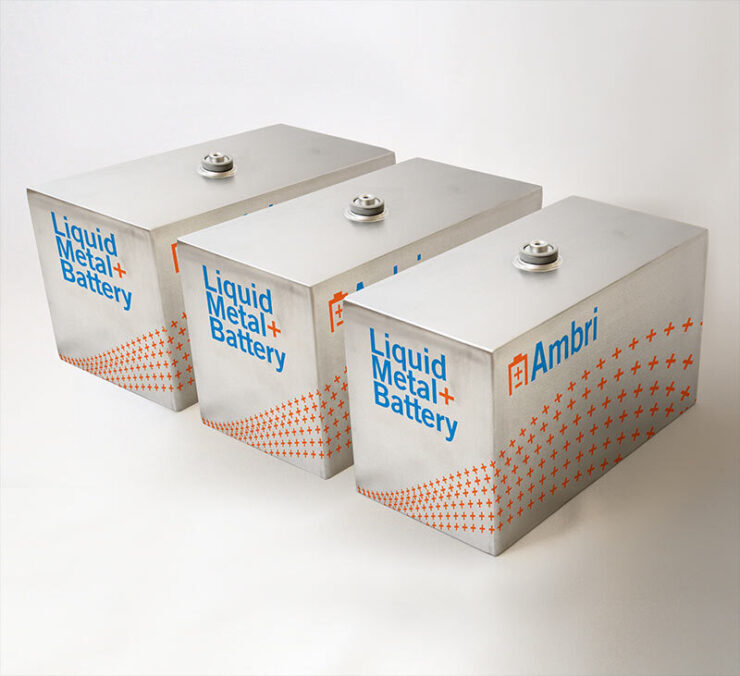You might not be familiar with the term, but you’ve certainly experienced it. Battery aging refers to the gradual degradation of its performance over time. Think about your smartphone: remember when it was new, and the battery lasted all day, maybe more? As time passed, its life began to decrease, a phenomenon that’s essentially battery aging.
But what causes this inevitable fading? At its heart, it lies in the nature of the battery’s design. A battery, irrespective of its type, is an electrochemical device. It stores energy and delivers it through a chemical reaction. Over time, these reactions change the physical and chemical structure of the unit, leading to diminished performance and eventually, failure.
How Different Types of Batteries Age: A Comparative Study

Different battery types age differently. It’s not a one-size-fits-all scenario, and the factors causing aging in one type might not have the same effect in another and that’s where UL 1973 tests come in as suggested by experts from belltestchamber.com. Lithium-ion batteries, for instance, are susceptible to aging due to lithiation and delithiation processes, leading to the formation of SEI layers, lithium plating, and cathode dissolution.
Lead-acid batteries, on the other hand, age primarily due to sulphation. When a lead-acid battery is not fully charged regularly, lead sulphate crystals form on the plates, harden, and eventually diminish the battery’s ability to hold a charge.
Nickel-based batteries, such as nickel-cadmium (NiCd) and nickel-metal hydride (NiMH), face their own aging challenges. For NiCd, it’s “memory effect,” where the battery appears to “forget” its full capacity if repeatedly recharged before being fully discharged. NiMH batteries suffer from voltage depression or “lazy battery effect,” a less severe form of memory effect.
The Connection Between Use and Aging: Factors to Consider
Battery aging isn’t just about the type of unit or the inherent chemistry. The way we use and maintain our batteries also plays a significant role in how fast they age. For example, charging your battery to full capacity and discharging it completely on a regular basis can shorten its lifespan. This is due to the stress these extreme states put on the battery’s materials, leading to faster degradation.
Additionally, exposure to high temperatures can accelerate the aging process. Excessive heat can speed up chemical reactions within the unit, resulting in faster SEI layer formation, among other harmful effects. It’s why leaving your smartphone in a hot car can have damaging consequences for the battery.
Lastly, high current demands can also contribute to aging. Drawing too much power from a battery can cause increased heat and hasten degradation. This factor is particularly important in electric vehicles, where high acceleration rates demand substantial power from the batteries.
Unveiling UL 1973 Standards: Their Purpose and Importance

UL 1973 Standards enter the scene as a beacon of regulation and safety. Developed by Underwriters Laboratories (UL), a global safety certification company, these standards apply to batteries for use in light electric rail (LER), stationary applications, and specific mobile applications. They cover a broad array of safety concerns, including electrical, mechanical, and fire safety.
However, the main emphasis of UL 1973 Standards is on reliability and longevity. They outline the minimum requirements for the design and manufacture of safe, reliable batteries. The standards cover aspects like the selection of robust, durable materials, the design of the battery system to resist environmental stresses and the integration of safety measures to mitigate the risk of failure.
In essence, these standards provide manufacturers with a benchmark for safety and performance. They ensure that every battery, irrespective of its use, adheres to a certain level of quality and reliability. Moreover, these standards offer peace of mind to users, assuring them of safety and durability.
UL 1973 Standards and Battery Aging: How They Relate

You may be wondering, how UL 1973 Standards relate to battery aging. Well, these standards play a key role in slowing the aging process and extending battery life. They set rigorous requirements for design and manufacture, ensuring that each unit can withstand the stresses of regular use without accelerated degradation.
A crucial aspect of UL 1973 Standards is the mandate for rigorous testing. Batteries must undergo stringent stress tests, simulating various operating conditions to identify and address potential aging factors. These tests include overcharge, short circuit, abnormal charging, forced discharge, and more. They help to ensure that it can withstand these adverse conditions without excessive wear and tear.
Moreover, the standards advocate for incorporating advanced Battery Management Systems (BMS). A BMS monitors and manages a unit’s operation, safeguarding against conditions that might hasten to age. For instance, it can regulate charge levels to avoid overcharging or excessive discharge and maintain optimal temperature ranges to prevent overheating.
Applying UL 1973 Standards
Implementing the UL 1973 Standards has profound implications for battery longevity and safety. By mandating high-quality materials, robust design, and rigorous testing, these standards help slow down the aging process. Batteries that meet these standards are better equipped to handle the stresses of regular use, resulting in a longer, more efficient service life.
Furthermore, the inclusion of a BMS as part of the standards not only aids in mitigating aging but also enhances overall safety. By continuously monitoring performance, the BMS can detect and prevent potentially dangerous situations, such as overheating or overcharging. This significantly reduces the risk of failures and associated safety hazards.
Beyond individual units, UL 1973 Standards also have broad implications for industries reliant on battery technology, such as electric vehicles and renewable energy. They ensure the reliability and safety of the batteries at the heart of these technologies, promoting confidence in their adoption and use.
The Future of Battery Technology: How UL 1973 Standards Could Evolve

Looking forward, the landscape of battery technology is bound to evolve, and with it, the UL 1973 Standards. With emerging technologies like solid-state batteries and advances in materials science, future standards may need to address new aging factors and safety considerations.
In addition, as we move towards a future of sustainable energy and electric transportation, the demand for batteries with longer lifespans will increase. UL will likely adapt its standards to promote longevity and sustainability, pushing the boundaries of what is currently achievable in battery technology.
Lastly, the future may also see a greater emphasis on recycling and end-of-life management in UL standards. With the increasing global focus on sustainability, future standards will likely prioritize designs that facilitate recycling and reduce environmental impact.
To sum up
Understanding battery aging is pivotal for the development of more durable and efficient batteries. The UL 1973 Standards serve as an essential guideline in this endeavor, ensuring safety, reliability, and longevity. As we charge forward into the future, these standards will continue to evolve and guide us toward more sustainable and effective energy storage solutions.

